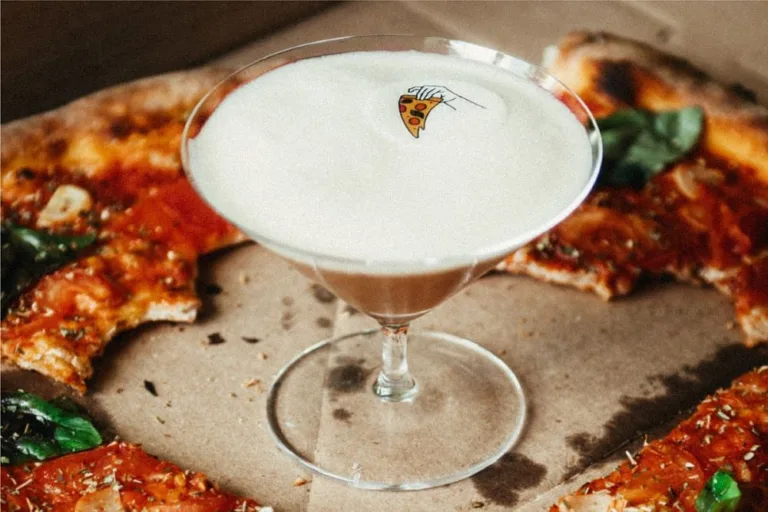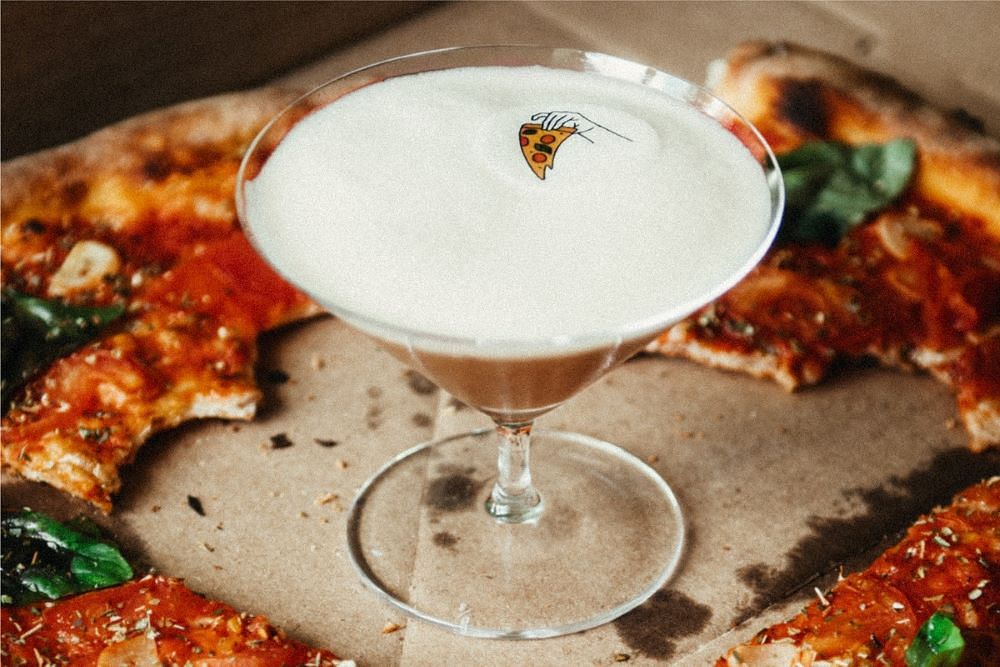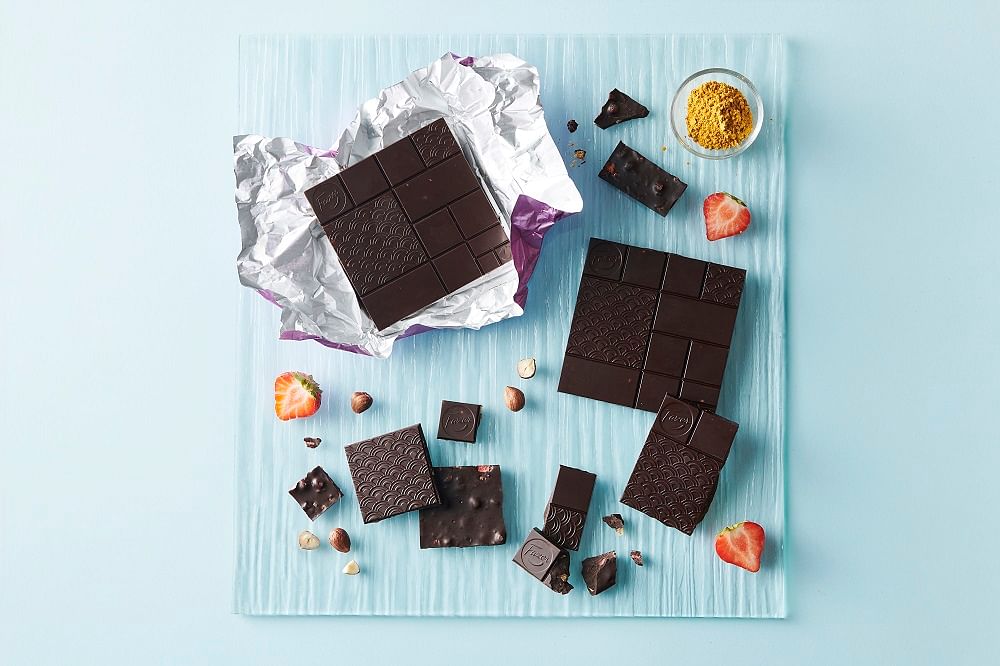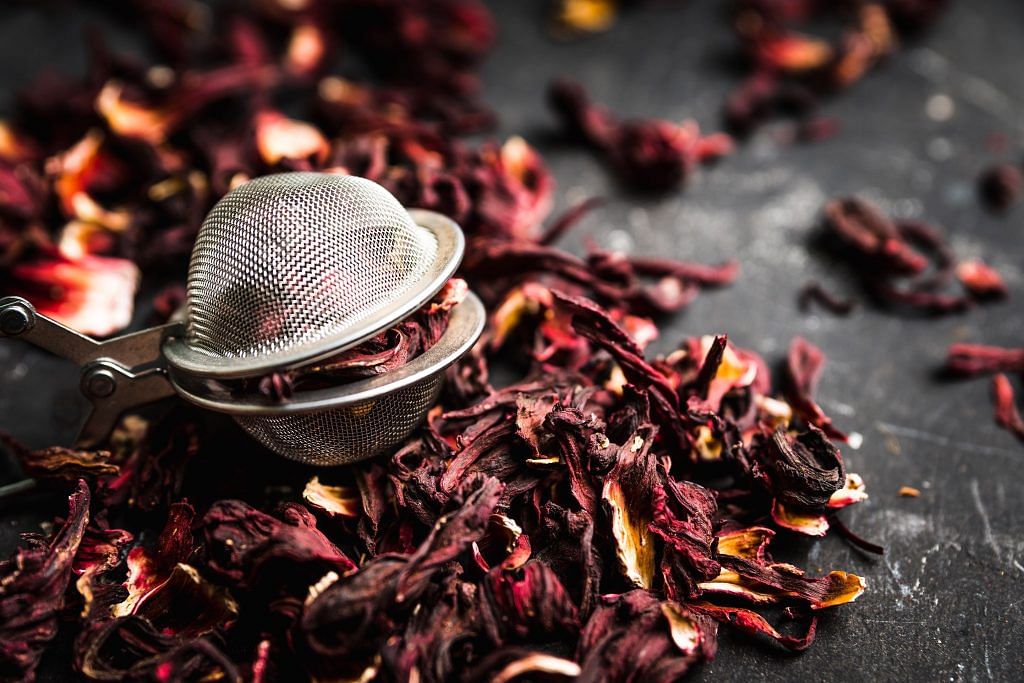
2023 brought us new food trends, such as the popularity of chicken skin and the rise of experiential and communal dining. Now, as we enter a new year, Jess Tang, senior consultant at WGSN, a consumer trend forecasting company, shares insights into the culinary trends that will dominate Asia in 2024.
1. Have a meal in a cocktail

Traditional cocktails are no longer limited to being sweet and boozy. Mixologists in Asia are embracing bitterness, spice, and salinity in their drinks, taking inspiration from the flavors of savory dishes. This trend allows drinkers to experience a unique combination of cultures and flavor profiles within their cocktails. Modern equipment and traditional techniques are used to craft these innovative beverages.
Some examples of this trend include Malaysian Bar Trigona’s “Foraged Malaysia” cocktail menu, which features Malaysian-inspired cocktails like Laksa Licious and Bak Kut Eh?. Another example is Hong Kong’s Thai Beef Salad cocktail by The Savory Project, made with a combination of beef, peanut, kaffir lime, chili, coconut, rum, and Angus biltong. Singapore’s Bitters & Love also offers the signature Kaya Toast Cocktail, which combines honey sweetness with the tang of tea and citrus.
2. Embrace the brine
Seafood and marine flavors are popular in Asia and are now being incorporated into Western cuisines. Uni, a rich and creamy orange sea urchin, has become a trending ingredient in fusion dishes. This trend is expected to continue as food and drink innovators experiment with marine brine flavors and unconventional marine ingredients. Lesser-known ingredients like emerging seaweed varieties, urchins, and fish roe will add an umami depth of marine brine flavor to menu creations.
Local Singaporean restaurant Small’s, for example, has transformed an egg salad sandwich by incorporating creamy lobes of caviar. Sea grapes, a type of seaweed known as green caviar, have also become more common in restaurants as a garnish. Kelp noodles, an alternative to glass noodles, made from brown seaweed, are being sold in more retailers.
3. Have a break; have an alt chocolate

This year, consumers can expect more creative chocolate alternatives that taste, smell, melt, and snap like chocolate. The APAC chocolate market is projected to reach nearly $37 billion in revenue by 2030, and with surging demand, the chocolate industry must find sustainable alternatives to meet future needs. Asia, with its growing population and disposable incomes, presents a promising market for chocolate producers.
Finnish food company Fazer has introduced the world’s first chocolate bar made with Solein, a yellow microbe-based protein powder produced by Finnish food technology company Solar Foods. This alternative to traditional chocolate is available in three flavors: chocolate, strawberries and hazelnut snack bar, and contains oat puffs. Western markets are also experiencing an emergence of alt chocolate, with companies like Germany-based ChoViva and UK-based WNWN Food Labs using sustainable plant-based ingredients to produce chocolate.
Other food and drink trends to look out for
4. More hibiscus flavored drinks

Floral flavors like rose and jasmine have been gaining popularity. This year, hibiscus and lavender will stand out as floral flavors in beverages. These botanical flavors are becoming mainstream due to consumer interest in wellness and a connection with nature. Lavender and hibiscus will be paired with citrus fruits and pomegranate, particularly in teas and other beverages.
5. Ube to become more ubiquitous
The Filipino staple, ube, is gaining popularity beyond Asian cuisines. Known for its vibrant purple color, it is being used in ice cream and desserts as a natural coloring. Ube powder, made from the tuberous root grown in Southeast Asia, can be consumed in various forms like lattes and used as a thickener in sauces or cakes. The rise of ube can be seen on platforms like TikTok, where it is being celebrated for its flavor and potential health benefits.
As culinary trends continue to evolve, these trends offer exciting possibilities for food and drink innovation in Asia.